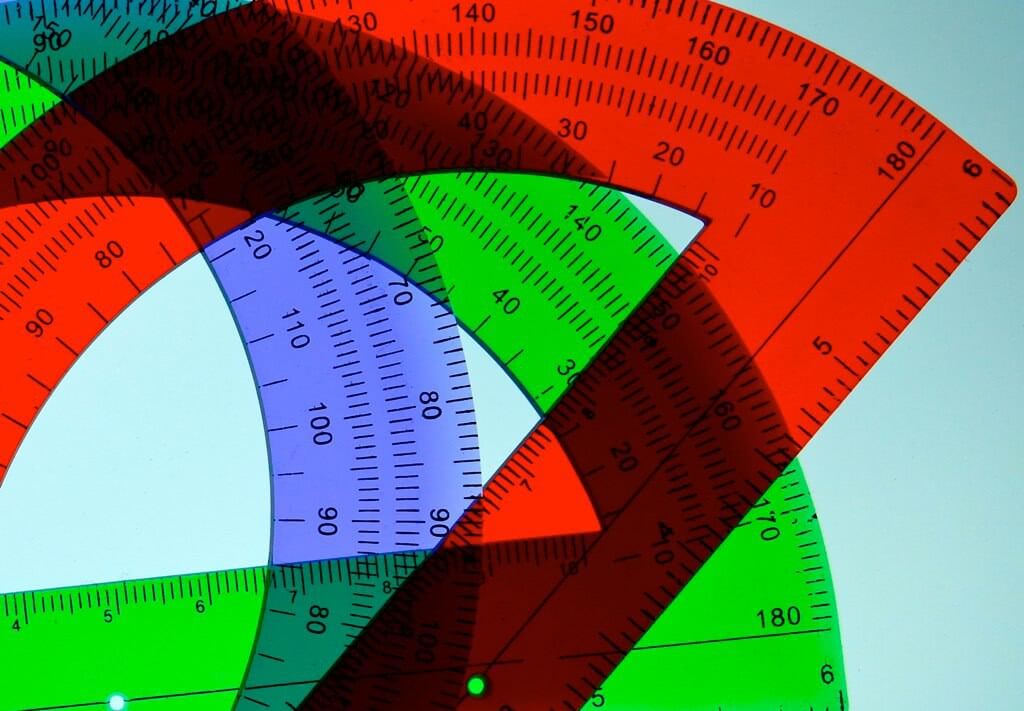
Source: Flickr user albertogp123.
The new SAT reading test is first in the two-part Evidence-Based Reading and Writing section, as the name implies. Test takers will have 70 minutes to answer 67 questions.
These questions are said to resemble those you would encounter in your average “lively, thoughtful, evidence-based discussion”. Which means, to me, “questions a professor might ask during class”, or “supporting statements during a debate”.
This section of the test does not rely on strange vocabulary words you’ve never heard. Nor will you need to use flashcards to study for hours on end. Instead, spend time with a few good ol’ books, as each answer can be derived from the preceding passage.
This part of the test is a compilation of passages and related multiple-choice questions, just like any other standardized reading test. The difference, however, is that the passages you read on this section of the SAT could date back centuries.
What’s in the SAT Reading Test?
According to the College Board, there are four types of passages you are guaranteed to encounter during the SAT reading test. These are listed below, including a few examples.
1. Classic or contemporary work from U.S. or world literature
- Authors like Jane Austen, F. Scott Fitzgerald, or Charlotte Brontë
- Excerpts from The Catcher in the Rye, 1984, or The Odyssey
2. A passage (or pair of passages) from a U.S. founding document or other historical text
- The U.S. Constitution
- Part of a speech given by Martin Luther King, Jr.
3. A selection taken from the social sciences (e.g., economics, psychology, sociology, etc.)
- An article discussing the Nature vs. Nurture debate
- The results section from a lab report analyzing the effects of methamphetamine exposure on social bonds between chicks
4. Two passages from the hard sciences (i.e., Earth science, biology, chemistry, and/or physics)
- An article providing information on the migration patterns of monarch butterflies
- An opinion paper providing evidence for why Pluto should still be considered a planet
What You Need to Know for the New SAT Reading Test
Some questions might ask you to read between the lines. Others will ask what the author is directly implying or stating. Either way, make sure you are able to identify the tone of a written work and keep the following skill areas in mind as well.
Command of evidence: How authors use evidence and informational graphics to support their claims
- Do the diagrams provided match what the author is stating?
- Or, are they contradicting themselves?
Words in context: Determining word or phrase meanings based on surrounding text
- What was the author implying in lines 5-10?
- What did the author mean when they said…
Analysis of academic text: Interpreting data, evaluating hypotheses, and considering implications within historical or scientific writing (as detailed in the previous section)
If you can read a document, pick out the main points the author is trying to get across, and assess the excerpt for accuracy (based on the context provided), you will be in a good place to take this test. The goal of the SAT is, after all, to assist in determining whether or not a student will be successful in college. As such, the format of the new SAT reading test appears to resemble the texts and discussion questions students might encounter in a college setting.
To read the actual introduction to the reading test, which you will also see on test day, and try a few sample questions, visit their website.
If you would like a thorough breakdown of this test section, take a look at the College Board’s SAT Study Guide.
For a list of online SAT test prep, resources check out another College Raptor article.





